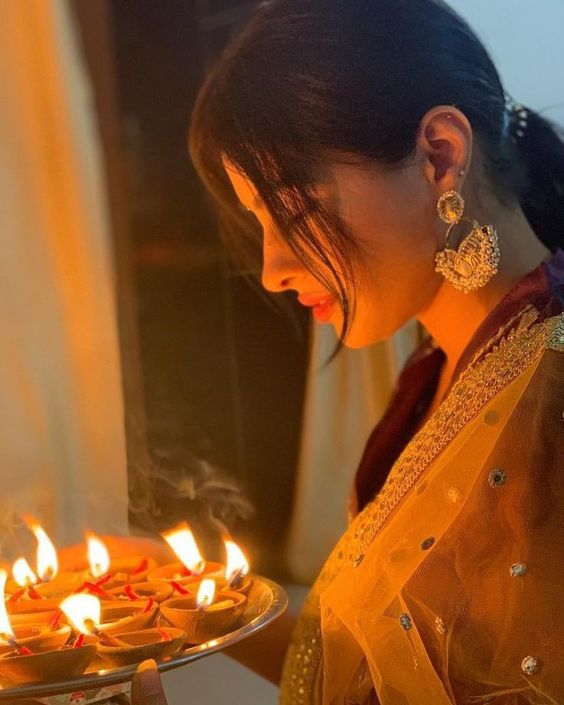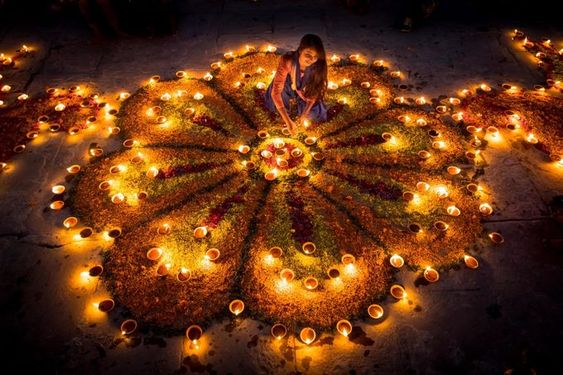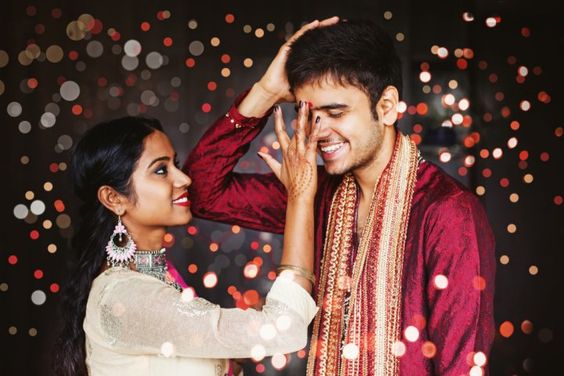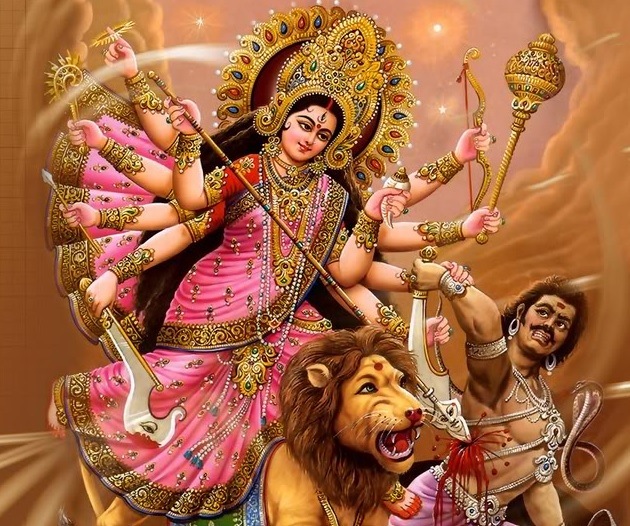Deepavali : The Festival of Lights
5 Days of Diwali dates in 2024 | Diwali kab hai | Diwali 2024 | 2024 Diwali Calendar | 5 days of Diwali

Diwali, also known as Deepavali, is a worldwide festival celebrated by millions of people. It holds a special position in the hearts and minds of those who observe it, as it represents the triumph of good over evil and light over darkness. In this extensive article, we will explore the origins, traditions, and significance of Diwali, as well as the vibrant celebrations that accompany it.

Why is Diwali called festival of Lights?
Diwali is derived from the Sanskrit word “Deepavali,” which translates to “a row of lights.” The history of the festival dates back to ancient India, where it originated as a Hindu celebration. Despite its religious origins, Diwali transcends religious boundaries and unites people of diverse faiths in celebration.
Several mythological stories are intertwined with Diwali’s origins. Lord Rama, a revered character in Hinduism, is the subject of one of the most famous tales. It is believed that Diwali commemorates the return of Lord Rama, his wife Sita, and his loyal brother Lakshmana to Ayodhya following their victory over the demon ruler Ravana. In order to welcome them and commemorate their victory, the people of Ayodhya lit the city with oil lamps, thereby establishing the tradition of lighting lamps during The Festival of Lights.
Importance of Diwali in India
Diwali is a holiday with profound significance across cultures and communities. It represents the triumph of light over darkness and the triumph of virtue over evil at its core. This universal motif resonates with people from various backgrounds, making Diwali a festival of hope and unity.
Spiritual Importance : Diwali is a time of spiritual reflection and worship for Hindus. It commemorates the beginning of the Hindu New Year and is dedicated to Lakshmi, the goddess of fortune and prosperity. To seek her blessings for a prosperous year, devotees offer prayers and engage in rituals.
Cultural Importance : Diwali has profound cultural significance beyond its religious connotations. It functions as a reminder of the significance of family, togetherness, and the pleasure of giving. Families gather to celebrate, exchange gifts, and share scrumptious sweets and refreshments.
Environmental Importance : In recent years, Diwali has also acquired recognition for its impact on the environment. Air pollution concerns have been highlighted by the use of traditional oil lamps and fireworks. As a result, many environmentally conscious individuals and communities have begun using eco-friendly alternatives, such as LED lights and quiet fireworks, to commemorate the holiday while minimising environmental damage.
Traditions and Holidays
Diwali celebrations last five days and consist of numerous traditions and customs, each of which has its own significance. Let’s investigate these in depth:
Exciting 5 Days of Diwali 2024
Day 1 Dhanteras

Dhanteras, also known as “Dhanatrayodashi” or “Dhanvantari Trayodashi,” marks the beginning of the five-day Diwali celebration. This day is extremely important since it is closely linked to rituals honouring prosperity and fortune.
Date and Timing : Dhanteras is celebrated on the night of the thirteenth day of the Hindu lunar month of Kartik, which is the dark fortieth day of the month. Two days before the Hindu festival of lights, Diwali, it happens in late October or early November. Dhanteras ceremonies take place at “pradosh kaal,” or the beginning of the evening dusk.
Worship of Lord Dhanvantari : On Dhanteras, devotees pay homage to Lord Dhanvantari, the Hindu god of health and healing. As a symbol of health and prosperity, Lord Dhanvantari is frequently seen with a pot of “Amrit” (nectar). Those who pray to him on this day do so in the hopes of receiving his blessings on their health and longevity.
Day 2 Naraka: Chaturdashi
Pre-Dawn Rituals : Rituals performed before sunrise on Naraka Chaturdashi are just the beginning of the day’s celebrations. People typically shower first thing in the morning, before the sun comes up. An opportunity to start over is represented by this ritual of cleansing the body and psyche.
Narakasura’s Mythic History : Naraka Chaturdashi celebrates Krishna’s triumph over the demon ruler Narakasura. Narakasura was a terrifying ruler who terrorised the world in Hindu mythology. His cruelty was so extreme that the stars begged for intervention. Lord Krishna and his wife Satyabhama fought the demon king Narakasura to put an end to his reign of terror. After a dramatic battle, Lord Krishna was victorious and freed the princesses the devil had imprisoned.
Day 3 Diwali

Diwali, also known as Diwali Padwa, Govardhan Puja, and Annakut, is an important part of the larger Festival of Lights celebration. Many ceremonies and festivities are held on this day to honour and celebrate India’s rich cultural heritage. Diwali Padwa is a festival observed in North India to recognise the special love shared between husbands and wives.
It’s a moment for spouses to show their undying devotion to one another with a gift exchange and heartfelt vows. Business owners and shopkeepers celebrate the new fiscal year on this day as well, praying to Lakshmi, the Hindu goddess of riches, for continued success and prosperity. Govardhan Puja is a major holiday in the Indian states of Gujarat and Rajasthan. Lord Krishna saved the citizens of Vrindavan from a devastating downpour by lifting the Govardhan Hill, and this ceremony honours that deed. As a sacrifice to the god, devotees stack mountains of food (called Annakut) in symbolic fashion.
It’s a lively party with lots of bright colours and a spread of tasty treats. All in all, the third day of Diwali is a time to strengthen links within families and communities. As a celebration of the virtues of love and devotion central to Indian culture, it is an inspiring and happy time for all involved.
Day 4: Govardhan Puja
Importance in Mythology
One of Hinduism’s holiest figures, Lord Krishna, is the focus of the festival known as Govardhan Puja. Legend has it that young Krishna saved the people of Vrindavan from the wrath of Lord Indra, the Hindu god of rain and thunderstorms, by lifting the Govardhan Hill onto his little finger.According to myth, Lord Indra became enraged when the Vrindavanites abandoned his devotion in favour of Govardhan Hill, from whence they derived nourishment. Lord Krishna, fearing Indra’s wrath, lifted Govardhan Hill to protect the people below from the deluge Indra had threatened.
Symbolism
Govardhan Puja is a Hindu festival that celebrates the sun god and sends a message that piety and faith are more significant than elaborate ceremonies. People revere Lord Krishna as a symbol of humility and devotion because of his act of raising the hill.
Preparations and Offerings
Making a Govardhan Hill out of cow dung or a mixture of cow dung and clay is the first step in getting ready for the Govardhan Puja. This flower-covered statue is revered as a manifestation of Krishna and offered adoration. Food offerings are a common form of worship, and devotees often go to great lengths to produce extravagant spreads. The word “annakut,” which means “mountain of food,” describes this meal perfectly. Vegetarian foods, sweets, and fruits make up the annakut, which represents the Vrindavanites’ appreciation for Lord Krishna’s protection.
Prayers and Rituals
On Govardhan Puja, worshippers offer prayers and rituals to Lord Krishna. They pray for good fortune, safety, and the health of their loved ones. Cows are regarded divine symbols in Hinduism, hence they are also celebrated on this day.
Darshan Annakut : When devotees want to see a spectacular exhibition of food gifts to Lord Krishna, they go to temples to see the Annakut Darshan. These donations are sometimes arranged in elaborate patterns in temples to wow visitors.
Festivals and Gatherings : Govardhan Puja is not restricted to private residences or religious institutions. Communities typically celebrate with a lot of fervour. Members of the community gather to cook the annakut, eat together, and perform acts of devotional music and dance.
Day 5: Bhai Dooj

11 Unique Diwali Rituals in Different Parts of India
On Bhai Dooj, siblings celebrate their special bond with one another. The second day of the bright lunar fortnight, after the new moon, is celebrated as “Bhai Dooj,” which literally translates to “brother’s second day.” Sisters traditionally mark their brothers’ foreheads with a “teeka” or “tilak” (a sacred mark) on Bhai Dooj. Vermillion (kumkum) and rice grains are commonly used to make this mark. It’s meant to represent the sisters’ hopes for their brothers’ health, happiness, and long lives. Brothers, in turn, show their appreciation by showering presents and well wishes on their sisters.
Exchange of Gifts
Bhai Dooj is celebrated by exchanging gifts between brothers. As a token of their appreciation and love, brothers often give presents to their sisters. Clothing, jewellery, candy, and even personal stuff are all acceptable options. In return, sisters frequently treat their brothers to homemade meals and sweets.
Holiday Feasts
On Bhai Dooj, loved ones celebrate with one another over hearty feasts. Sisters make all kinds of tasty treats, including the traditional sweets called “laddoos” and “barfis.” Siblings can share childhood memories and enjoy each other’s company over a shared meal.
Dress in a Traditional Way
Sisters often don their brightest and most elaborate outfits on Bhai Dooj. It is acceptable for brothers to dress traditionally as well. The party atmosphere is heightened by the festive garb.
Mythology and Legends
There are many myths and legends that surround Bhai Dooj. A common legend involves Krishna and his sister Subhadra. Lord Krishna’s sister Subhadra greeted him with sweets and a tilak on his forehead after he slew the demon Narakasura, as the narrative goes. Subhadra’s deed is credited with establishing the custom of celebrating Bhai Dooj.
Regional Variations
While the spirit of Bhai Dooj is universal, local celebrations may take on unique forms. The festival’s diversity and depth come from the many rites and practises that are observed across India.
Strengthening Sibling Bonds
The purpose of Bhai Dooj is to celebrate and enhance the connections between brothers and sisters. It’s a great way for siblings to show their appreciation and affection for one another. There is no greater expression of the love and support shared between siblings than in the giving and receiving of presents and well wishes.
Famous Facts about Diwali 2024
दिवाली पर कुछ प्रसिद्ध उद्धरण
“दीपावली के इस पावन पर्व पर, आपके घर में खुशियाँ हमेशा बरकरार रहें।”
“दीपावली के त्योहार पर आपके जीवन में आयें सुख, संवाद, और समृद्धि का पुएला।”
“रोशन हो दुनिया तेरी यह दीपों के त्योहार की लेकिन ज्यों रोशनी सदा ही रहे तुम्हारे मन की आलोकी।”
“दीपावली के इस पावन अवसर पर, आपके जीवन में खुशियाँ और उत्सव की मिठास हमेशा बरकरार रहे।”
“दीपावली यह याद दिलाती है कि प्रकाश आखिरकार अंधकार पर विजयी होगा। हम सभी अपने जीवन में इस संदेश को अनुकरण करने का प्रयास करें।”
“दीपावली का दिव्य प्रकाश शांति, समृद्धि, खुशियाँ, और अच्छे स्वास्थ्य को आपके जीवन में फैले।”
“इस दीपावली, कामना है कि आपको खुशी की रौशनी, समृद्धि की गर्माहट, और सथ-रहे की गर्मी से आशीर्वाद मिले।”
“दीपावली एक समय है जब परिवार, दोस्त, और प्यारे लोग एक साथ आकर प्रकाश की अंधकार पर विजय के जश्न मनाते हैं।”
“दीपों की रोशनी से हर दर को आयी रोशनी, हर खुशी में हो शामिल आपकी तन्हाई।”
Conclusion
Diwali, also known as the Festival of Lights, is a holiday that does more than just brighten the night sky. It is a holiday that unites and inspires people because of its profound significance and longstanding customs in cultures all across the world. Enjoy the spectacle of Diwali, but don’t forget the festival’s lasting message: the triumph of good over evil, symbolised by the triumph of light over darkness.


